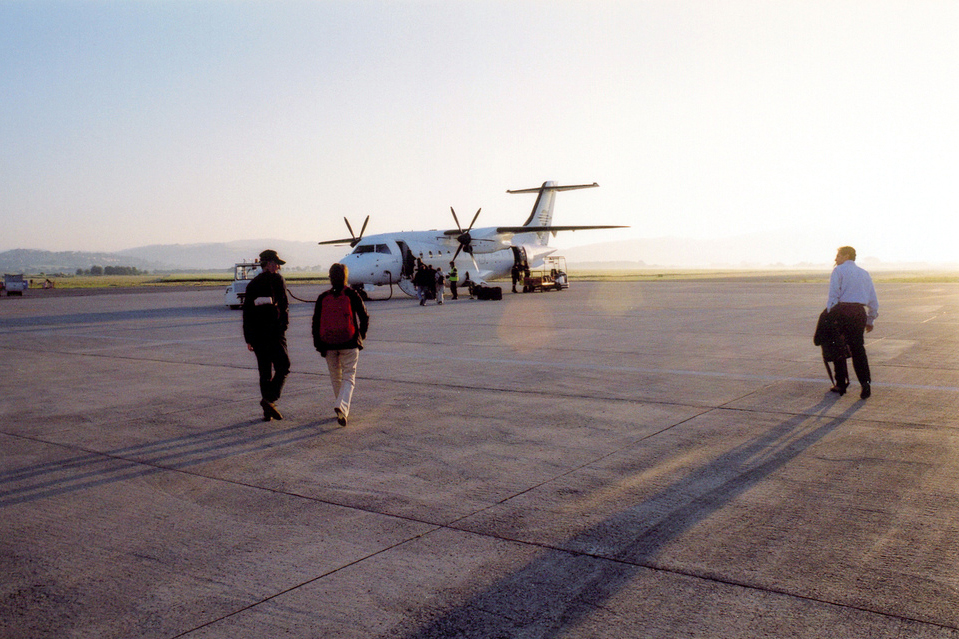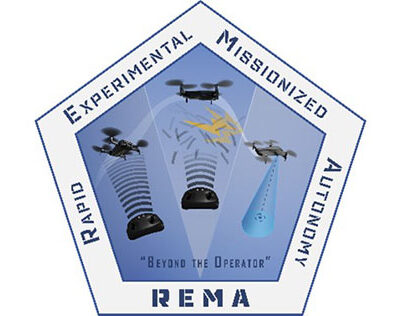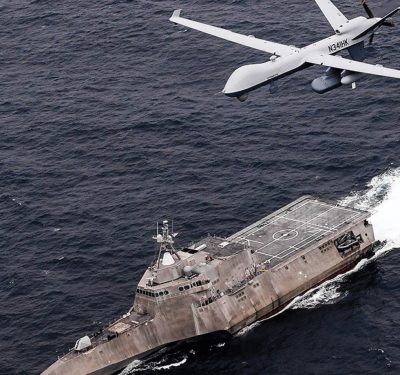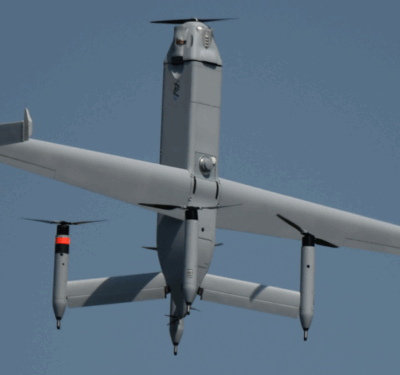
The European Union Aviation Safety Agency (EASA) has published Issue 2 of its Concept Paper on Artificial Intelligence (AI) and Machine Learning (ML).
AI is being adopted widely and rapidly, including in the aviation domain, with its development significantly accelerating in the last decade due to an rising capacity to collect and store massive amounts of data. Increasing computing power and the development of more and more potent algorithms and architectures are also playing a role, affecting aviation products, services and business plans.
In its new ‘Artificial Intelligence Concept Paper Issue 02 – Guidance for Level 1 & 2 machine learning applications’, EASA lays out a number of autonomous operations-related scenarios that are likely to become relevant in the near future. To cite an example, the report describes an ongoing innovation partnership contract (IPC) between Boeing and EASA involving an experimental auto-taxi system.
As currently envisaged, the system would receive, via standard radio communication, taxi clearance from ground control, provide a readback of the clearance, and plan an appropriate ground taxiing route based on that clearance. The system then executes the plan and autonomously controls the aircraft as it travels from one location to another at an airfield, such as from the boarding gate to the departure runway. While executing the plan, the system detects potential obstacles in the aircraft’s path to which it can then react accordingly. The system employs a LIDAR system for the detection of obstacles. Optical cameras can also be added to the sensor array for object classification, to support improved awareness and intent prediction capabilities for objects and people in the environment. System operations are monitored by the flight crew, who retain the ability to override and disconnect the system at any time.
Broad AI and ML discussion
More widely, the new Concept Paper focuses on strengthening four aviation pillars – safety, efficiency, sustainability, and passenger experience – while positioning ML at the forefront of aviation innovation. EASA acknowledges that the path to ML deployment is bringing unique challenges, particularly in terms of safeguarding operational safety.
The Concept Paper refines EASA guidance for Level 1 AI applications, i.e. those enhancing human capabilities, while broadening the discussion on topics such as learning assurance, AI explainability and ethics-based assessment. It also provides comprehensive guidance for the development and deployment of Level 2 AI-based systems. Level 2 AI includes the groundbreaking concept of human-AI teaming (HAT), setting the stage for AI systems that automatically make decisions under human oversight.
With the paper, EASA highlights its commitment to a future where AI and ML are fully integrated into aviation systems, while emphasizing the building of trust in AI applications, ensuring they complement human expertise and enhance overall aviation safety and sustainability.
As an independent and neutral body, EASA works to ensure confidence in safe air operations in Europe and world-wide, proposing and formulating rules, standards and guidance, certifying aircraft, parts, and equipment; and endorsing and overseeing organizations in all aviation domains.






